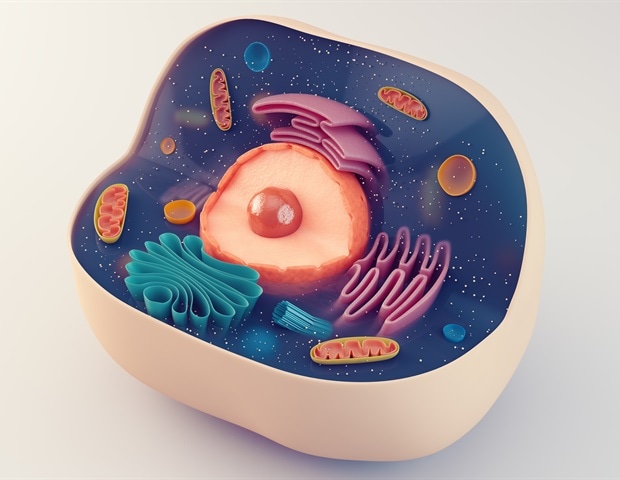A new treatment approach using an older drug may enable more patients with high-risk blood cancers to receive transplanted stem cells from unrelated, partially matched donors, according to a study conducted by researchers at Sylvester Comprehensive Cancer Center at the University of Miami Miller School of Medicine and colleagues. Results to be presented at the annual meetings of the American Society of Clinical Oncology (ASCO) and the European Hematology Association suggest the new approach may expand the donor pool, with patients from underrepresented racial and ethnic groups standing to benefit the most. Finding a matched donor has long been a major hurdle for patients with blood cancers who need bone marrow or blood stem cell transplants.
Patients without an eligible family member often turn to the National Marrow Donor Program. The registry contains more than 40 million potential donors, but not everyone finds a match, particularly people from underrepresented racial and ethnic groups. Only about half of Hispanic and a quarter of Black patients can find a fully matched donor, compared with more than 70% of white patients.

But the search for a donor has become a lot easier with the repurposing of cyclophosphamide, an older drug. The new approach – administering cyclophosphamide several days after transplantation – is leading to successful outcomes. New data will be presented May 31 at the ASCO meeting, with findings showing high rates of success in patients receiving b.
















